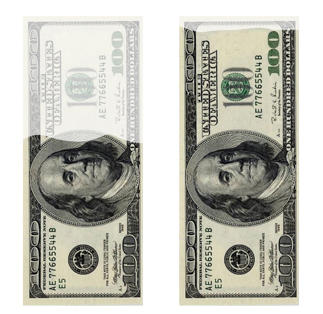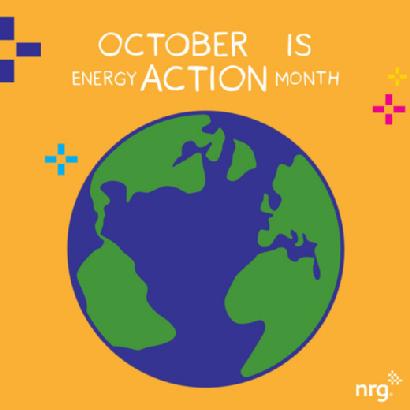Readers - below is a handy infographic with great tips and statistics about home heating! (infographic from Energy.gov). Enjoy!

(Original posting: http://energy.gov/articles/energy-saver-101-infographic-home-heating )
Readers - below is a handy infographic with great tips and statistics about home heating! (infographic from Energy.gov). Enjoy!

(Original posting: http://energy.gov/articles/energy-saver-101-infographic-home-heating )
Below are some water heating tips to remember as the cold weather approaches! (From Next Step Living)

Did you know that heating water accounts for up to 25 percent of your home’s energy use? Slash that cost while curbing your energy use:
Keep warm. Insulate the pipes that go to and from your hot water heater in an unfinished basement. Otherwise you’ll waste a lot of heat (and money) as your water moves through pipes in a cold basement.
(Original article: http://www.homeenergy.tips/money-savers/three-ways-cut-your-hot-water-bill)

Read below for some fun energy trivia posted by Next Step Living -
(Next Step Living original post: http://www.nextstepliving.com/energy-center/bright-ideas-blog-post/energy-action-month-seven-must-know-energy-facts-and-figures )
Below are some Fall and Winter energy saving stips from Energy.gov. Stay warm!
This article will help you find strategies to help you save energy during the cool fall and cold winter months. Some of the tips below are free and can be used on a daily basis to increase your savings; others are simple and inexpensive actions you can take to ensure maximum savings through the winter.



Water heating can account for 14% to 25% of the energy consumed in your home.
(Original article: http://energy.gov/energysaver/articles/fall-and-winter-energy-saving-tips )
We know how important it is to save energy and money. Below are some tips from the American Council for an Energy-Efficient Economy on minimizing your water heating operating costs.
